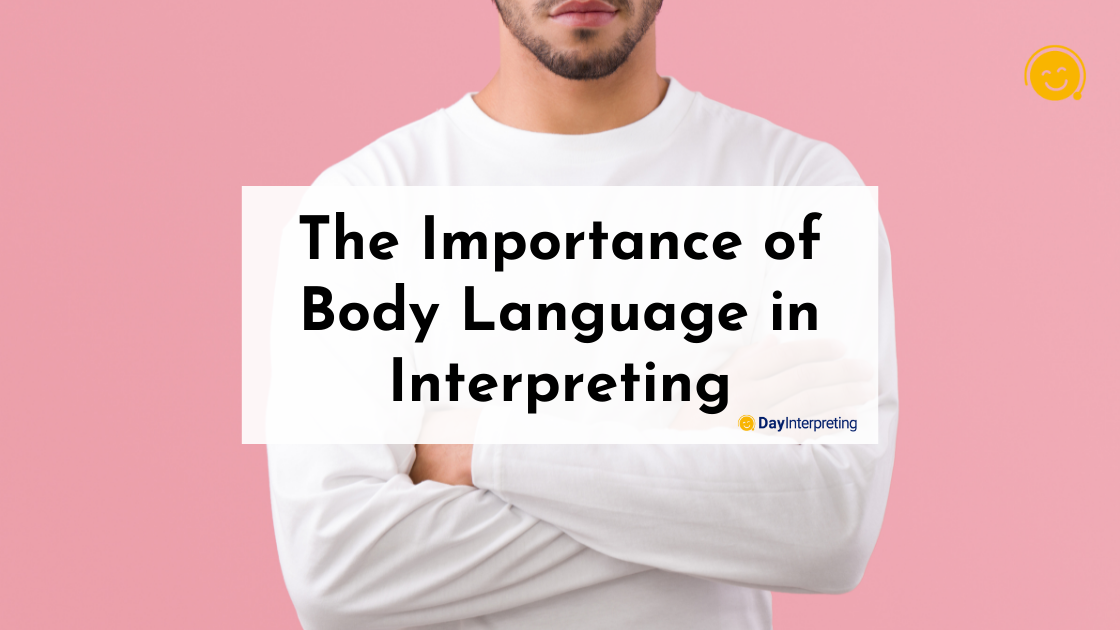They say that actions speak much louder than words. But more often than not, the former is just as important. Speaking a foreign language might not cut it for professional interpreting when it comes to breaking the language barrier. Interpreting requires using the correct body language. This includes aspects like gesture, posture, and facial expressions in order to avoid communication failures that translate into social gaffes. Do you understand the importance of body language in interpreting?
Body language interpretation is critically important when working across cultures, and knowledge of non-verbal communication can be equally as beneficial as knowledge of different languages.
What Exactly is Body Language?
Your ability to communicate well is the key to success in business and personal relationships, but it’s about more than just the words you use. Our body language speaks the loudest, bar none. Body language comprises physical behavior, your expressions, and mannerisms to communicate nonverbally, something which often occurs instinctively.
While you’re talking to others, the gestures you make, the tone of your voice, the amount of eye contact you make, all of those behavioral aspects can send a strong message. They can either help people build trust in you, or they can offend or confuse others.
In essence, body language is a natural and unconscious language that broadcasts your true feelings and intentions, making it critical in interpreting.
The Importance of Body Language in Interpreting
The way an interpreter listens, looks, moves, and reacts, tell their client whether or not they’re genuinely engaged in the conversation. When their nonverbal communication matches up with their words, it increases trust, clarity, and rapport.
What Types of Body Language Play a Role in Interpreting?
While there are many different types of body language, the following play a critical role in interpreting:
Facial Expressions
The human face is very expressive. Many people joke with the idea that they might be able to control and contain their words, but never their facial expressions. Your face can convey countless emotions without saying a word, and unlike spoken language, facial expressions are universally understood.
Posture
Have you ever noticed how your perception of people might change depending on how they sit, walk, stand, or tilt their heads? The way we carry ourselves communicates an abundance of information to the world.
Gestures
Gestures are intertwined with our daily lives. We wave, point, beckon, and use our hands when we communicate, expressing ourselves with gestures without consciously considering it. But the meaning of gestures can vary widely across cultures, so interpreters must understand the cultural differences between their clients and adapt accordingly.
Tone
It’s not just about what you say but also about the way you say it. People tend to read your voice, too, when they’re listening to your words. They’ll notice your timing and pace. How loud you speak, your inflection and sounds that convey understanding also play a vital role in professional interpreting.
The Bottom Line
It’s essential to be aware of how your body language can inadvertently cause confusion and offense. Body language can mean the difference between an excellent interpretation and messy confusion. Don’t get lost in translation. If you need professional interpreters or would like to learn more about our range of language services, get in touch with Day Interpreting today!





0 Comments